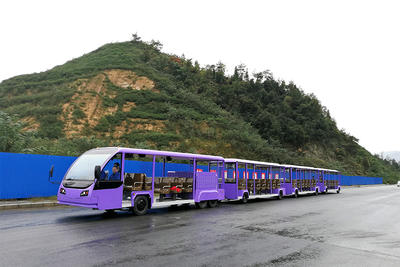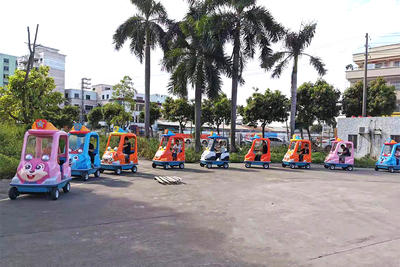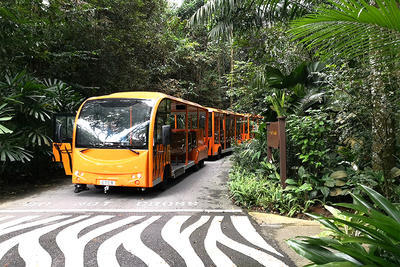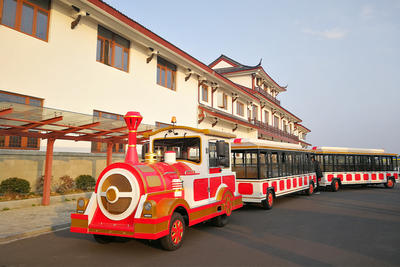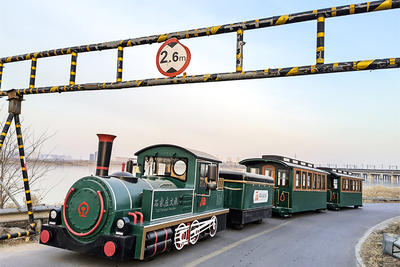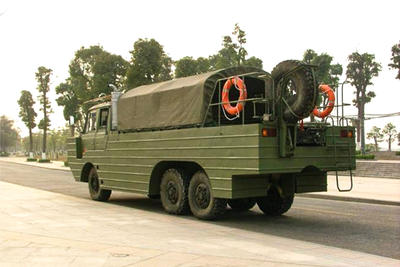Connaissance de l'industrie
What are some popular types of sightseeing vehicles used in tourist destinations?
There are many popular types of
sightseeing vehicles used in tourist destinations, depending on the location and the preferences of the tourists. Some common types include:
1. Double-decker buses: These are often used in city tours and provide an elevated view of the sights.
2. Trolley cars: These are a type of tram or streetcar that run on tracks and are popular in historic or scenic areas.
3. Segways: These are personal transporters that allow tourists to explore the sights in a more active way.
4. Amphibious vehicles: These are vehicles that can operate on both land and water and are often used for sightseeing tours that include both.
5. Helicopters: These provide a unique aerial view of the sights and are often used for tours of natural landmarks or scenic areas.
6. Open-air Jeeps or buses: These are popular in areas with rugged terrain or off-road destinations and provide an adventurous way to explore the sights.
Horse-drawn carriages: These provide a more traditional and leisurely way to explore historic areas or scenic routes.
7. Electric bicycles or scooters: These are becoming increasingly popular for tourists who want to explore on their own and cover more ground than walking.
These are just a few examples, but there are many other types of sightseeing vehicles used in tourist destinations around the world.
Are there any regulations or restrictions on operating sightseeing vehicles in certain areas?
Yes, there are regulations and restrictions on operating
sightseeing vehicles in certain areas. These regulations may vary depending on the location and the type of vehicle being used. Here are some examples of regulations that may apply:
1. Local laws and regulations: Many cities and regions have their own laws and regulations governing the use of sightseeing vehicles, such as tour buses or amphibious vehicles (e.g. duck boats). These laws may cover issues such as vehicle safety, noise levels, traffic flow, and where vehicles are permitted to operate.
2. National park and wildlife regulations: In areas such as national parks, there may be specific regulations governing the use of sightseeing vehicles to protect the environment and wildlife. For example, certain routes may be restricted to minimize disturbance to wildlife, or there may be restrictions on the use of off-road vehicles.
3. Historic district and landmark regulations: In areas with historic districts or landmarks, there may be restrictions on the use of sightseeing vehicles to protect the historic character of the area. For example, there may be limits on the size of vehicles or restrictions on where they can drive.
4. Airspace regulations: In areas near airports or other sensitive airspace, there may be restrictions on the use of drones or other aerial sightseeing vehicles.
It is important to check with local authorities and obtain any necessary permits or licenses before operating sightseeing vehicles in any area.


 Langue
Langue











